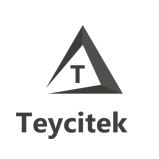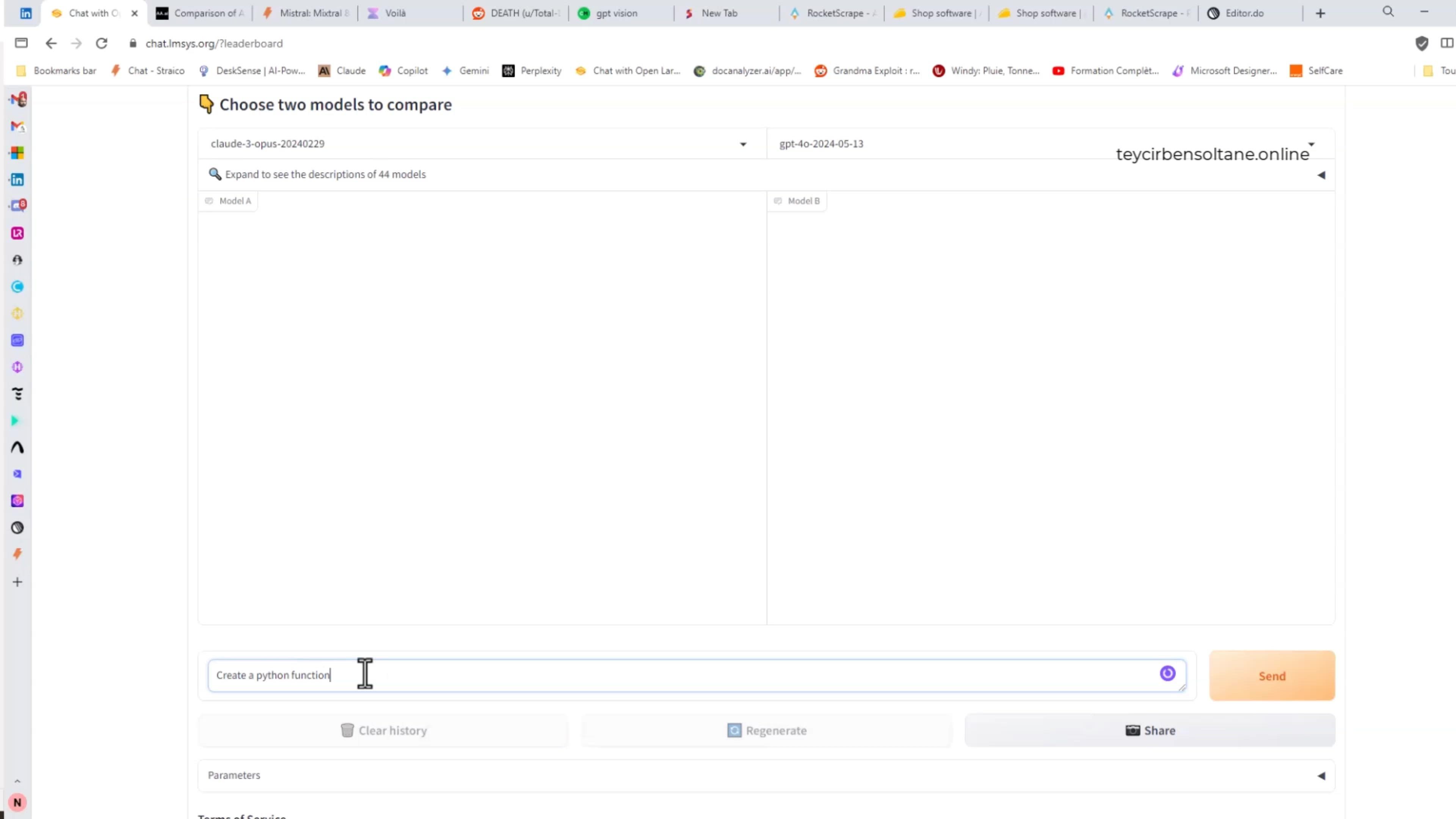Dans le monde de la programmation informatique, l’efficacité est primordiale. Que vous travailliez sur un projet personnel ou que vous développiez un logiciel pour une grande entreprise, la capacité à optimiser votre flux de travail et à minimiser les erreurs peut faire la différence entre le succès et l’échec. Heureusement, avec les avancées de la technologie de l’intelligence artificielle (IA), il est plus facile que jamais pour les programmeurs de maximiser leur efficacité et leur productivité. De la génération de code automatisée aux outils de débogage intelligents, il existe une large gamme de solutions basées sur l’IA qui peuvent aider les programmeurs à travailler plus intelligemment, pas plus durement. Dans cet article, nous explorerons certains des outils d’IA les plus essentiels que chaque programmeur informatique doit avoir dans sa boîte à outils. Que vous soyez un professionnel chevronné ou un débutant, ces outils peuvent vous aider à améliorer vos compétences en programmation et à atteindre vos objectifs plus rapidement que jamais.
Avantages de l’utilisation d’outils d’IA pour la programmation
Les outils d’IA offrent de nombreux avantages pour les programmeurs informatiques. Tout d’abord, ils permettent de gagner du temps en automatisant certaines tâches répétitives et fastidieuses. Par exemple, les outils de génération de code automatisé peuvent créer rapidement des blocs de code pour des fonctions courantes, ce qui permet de gagner du temps et de minimiser les erreurs. De plus, les outils de débogage intelligents peuvent détecter et corriger les erreurs de code plus rapidement que les méthodes traditionnelles, ce qui permet de gagner du temps et d’optimiser le flux de travail.
Les outils d’IA peuvent également aider les programmeurs à améliorer la qualité de leur code. Par exemple, les outils d’optimisation de code peuvent analyser le code existant et suggérer des améliorations pour optimiser les performances et réduire les erreurs. De plus, les outils de détection de code dupliqué peuvent aider les programmeurs à identifier les parties redondantes du code et à les supprimer, ce qui permet d’améliorer la lisibilité et la maintenabilité du code.
Enfin, les outils d’IA peuvent aider les programmeurs à collaborer plus efficacement. Les outils de gestion de base de données peuvent faciliter la gestion et la synchronisation des bases de données, tandis que les outils de gestion de projet peuvent aider à planifier et à suivre les tâches de manière plus efficace. Dans l’ensemble, les outils d’IA peuvent aider les programmeurs à travailler plus intelligemment et à atteindre leurs objectifs plus rapidement.
Outils d’IA populaires pour la programmation
Il existe de nombreux outils d’IA disponibles pour les programmeurs informatiques, chacun ayant des fonctions et des avantages uniques. Voici quelques-uns des outils d’IA les plus populaires pour la programmation:
TensorFlow
TensorFlow est une bibliothèque d’apprentissage automatique open source développée par Google. Il est utilisé pour la création de réseaux de neurones et d’autres modèles d’apprentissage automatique. TensorFlow est particulièrement utile pour les projets de traitement du langage naturel, de vision par ordinateur et de reconnaissance vocale.
PyTorch
PyTorch est une autre bibliothèque d’apprentissage automatique open source. Il est utilisé pour la création de réseaux de neurones et d’autres modèles d’apprentissage automatique. PyTorch est particulièrement utile pour les projets de vision par ordinateur et de traitement du langage naturel.
Keras
Keras est une bibliothèque d’apprentissage automatique open source qui simplifie la création de réseaux de neurones. Il peut être utilisé avec TensorFlow ou Theano comme backend. Keras est particulièrement utile pour les projets de classification d’images et de traitement du langage naturel.
Visual Studio IntelliCode
IntelliCode est un outil d’IA pour Visual Studio qui fournit des suggestions de code intelligentes. Il utilise l’apprentissage automatique pour analyser le code existant et suggérer des modifications pour améliorer la qualité et la lisibilité du code.
DeepCode
DeepCode est un outil d’IA pour la détection d’erreurs de code. Il utilise l’apprentissage automatique pour analyser le code et détecter les erreurs potentielles. DeepCode prend en charge plusieurs langages de programmation, y compris Python, JavaScript et Java.
Optimisation de code à l’aide d’outils d’IA
L’un des principaux avantages des outils d’IA pour la programmation est l’optimisation de code. Les outils d’IA peuvent analyser le code existant et suggérer des améliorations pour optimiser les performances et réduire les erreurs. Voici quelques-uns des outils d’IA les plus populaires pour l’optimisation de code:
CodeOptimiser
CodeOptimiser est un outil d’optimisation de code qui utilise l’apprentissage automatique pour analyser le code et suggérer des modifications pour améliorer les performances et la lisibilité. Il prend en charge plusieurs langages de programmation, y compris C++, Java et Python.
PyCharm
PyCharm est un environnement de développement intégré (IDE) pour Python qui comprend des outils d’optimisation de code. PyCharm utilise l’apprentissage automatique pour analyser le code et suggérer des modifications pour améliorer les performances et la lisibilité.
CLion
CLion est un IDE pour C++ qui comprend des outils d’optimisation de code. Il utilise l’apprentissage automatique pour analyser le code et suggérer des modifications pour améliorer les performances et la lisibilité.
Débogage avec des outils d’IA
Le débogage est une partie essentielle de la programmation informatique. Les outils d’IA peuvent aider les programmeurs à détecter et à corriger les erreurs de code plus rapidement et plus efficacement que les méthodes traditionnelles. Voici quelques-uns des outils d’IA les plus populaires pour le débogage:
CodeAI
CodeAI est un outil de débogage qui utilise l’apprentissage automatique pour détecter les erreurs de code. Il peut être utilisé avec plusieurs langages de programmation, y compris Python, Java et JavaScript.
DeepTrace
DeepTrace est un outil de débogage qui utilise l’apprentissage automatique pour trouver la cause profonde des erreurs de code. Il peut être utilisé avec plusieurs langages de programmation, y compris Python et C++.
Xdebug
Xdebug est un outil de débogage pour PHP qui peut être utilisé avec des IDE tels que PHPStorm et NetBeans. Il fournit des informations détaillées sur les erreurs de code, ce qui facilite leur détection et leur correction.
Outils d’IA pour la gestion de base de données
La gestion de base de données est une partie importante de nombreux projets de programmation. Les outils d’IA peuvent aider les programmeurs à gérer et à synchroniser les bases de données plus efficacement. Voici quelques-uns des outils d’IA les plus populaires pour la gestion de base de données:
DataRobot
DataRobot est une plateforme d’apprentissage automatique qui peut être utilisée pour la gestion de base de données. Il peut être utilisé pour automatiser la création de modèles de données et la synchronisation des bases de données.
Amazon Aurora
Amazon Aurora est un service de base de données relationnelle qui utilise l’apprentissage automatique pour optimiser les performances et la disponibilité. Il peut être utilisé avec plusieurs langages de programmation, y compris Python, Java et C++.
L’avenir de l’IA en programmation
L’IA est encore relativement nouvelle dans le monde de la programmation informatique, mais elle est en train de devenir de plus en plus courante. À mesure que les outils d’IA deviennent plus sophistiqués, les programmeurs pourront travailler plus efficacement et créer des applications plus avancées. Les avancées dans le traitement du langage naturel, la vision par ordinateur et la reconnaissance vocale ouvriront également de nouvelles possibilités pour les programmeurs. En fin de compte, l’IA est destinée à devenir une partie essentielle de la boîte à outils de chaque programmeur informatique.
Conclusion
Dans l’ensemble, les outils d’IA offrent de nombreux avantages pour les programmeurs informatiques. Que vous travailliez sur un projet personnel ou que vous développiez un logiciel pour une grande entreprise, les outils d’IA peuvent aider à maximiser l’efficacité et à minimiser les erreurs. De la génération de code automatisée aux outils de débogage intelligents, il existe une large gamme de solutions basées sur l’IA qui peuvent aider les programmeurs à travailler plus intelligemment, pas plus durement. En utilisant les bons outils d’IA, les programmeurs peuvent améliorer leurs compétences en programmation, optimiser leur flux de travail et atteindre leurs objectifs plus rapidement que jamais.










